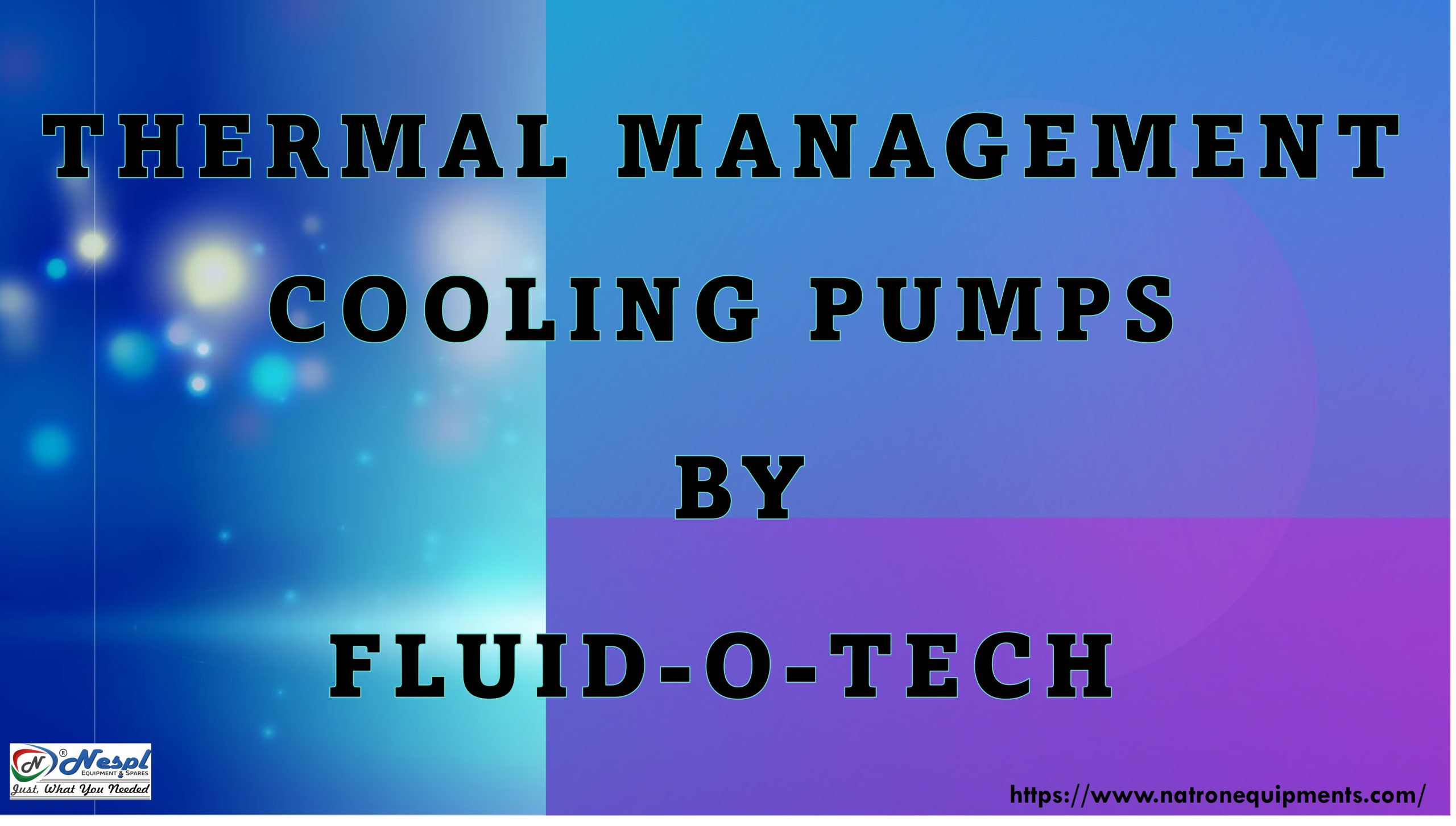Whenever a machine gets hot, its performance goes down, and it affects that machine’s overall life expectancy. The best example of this heating problem is Computers when they perform multiple tasks it puts loads on the CPU and lots of heat is generated which affects the performance of the computer, and this is why different types of cooling systems are used to control this heat.
EVs’ battery health and performance also suffer when their overall temperatures rise. To solve this heating issue, a heat management system is used in all EVs to ensure that heat won’t rise and affect the battery and overall vehicle performance. The heating problem in EVs is controlled by a combination of liquid and fan-based thermal management systems.
The term thermal management refers to optimizing a vehicle’s thermal balance. It is possible to control the temperature of an EV using thermodynamic and heat transfer-based technology.
A thermal management system can transfer heat in a variety of ways, including
- Conduction
- Convection
- Radiation
Protecting and insulating batteries are key components of thermal management in the automotive industry.
For different hybrid electric vehicles, such as BEVs, HEVs, PHEVs, and FCEVs, the performance of the battery cooling system is crucial.
The placement of batteries and other components can solve many key challenges, including:
- How long does a battery last?
- Power and performance of the vehicle
- Easy to recharge
- Scope of application
Modern and innovative systems require advanced cooling solutions.
Battery cell/module heat transfer, heat transfer within the system, and heat transfer to the heat sink.
Methods of transferring battery heat from the battery to the coolant.
a) Using an immersion cooler with different viscosities of dielectric coolant.
b) Improved geometry in cooling plates.
c) Heat transfer between the source and sink can be improved by increasing the flow rate in the system.
d) The “Coolant on Demand Strategy” which connects the coolant and refrigerant systems.
Thermal Management System
EV fast charging requires cooling pumps as part of thermal management. Fluid-O-Tech makes the best quality pumps for the purpose of thermal management.
In addition to reducing fuel(electricity) consumption, Fluid-O-Tech cooling pumps also reduce friction losses and emissions by precisely cooling the engine when it is needed.
Due to the simple design of centrifugal pumps, “Coolant on Demand” and “Fast Charging” require a larger number of traditional pumps to satisfy multiple coolant circuits. Conversely, a positive displacement Fluid-O-Tech pump is more efficient and can reduce the number of traditional pumps of other brands.
Positive displacement and volumetric positive displacement may be the future of technology in EVs thermal management systems.
The following main advantages can be found with volumetric pumps for cooling EVs and other systems that require thermal management:
- Strong Design
- Superior Proficiency
- Appropriate for high-pressure and high flow
- Modest sound
- Easy-going too aggressive elements
- Simple fabrication
- Numerous BOP (Best Operating points) due to different speeds.
If you have any query related to the same you can simply visit NESPL Website to explore more.
Must Visit: https://www.natronequipments.com/







